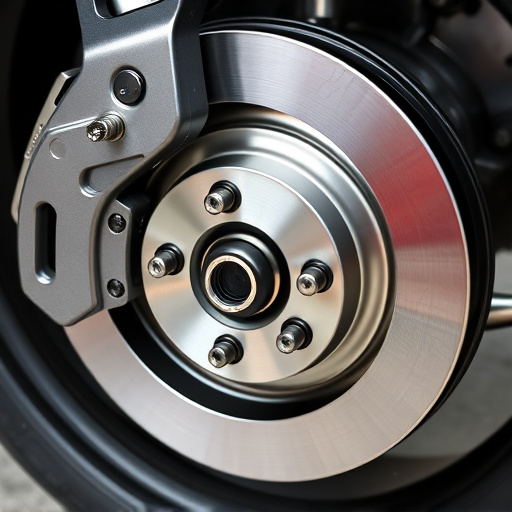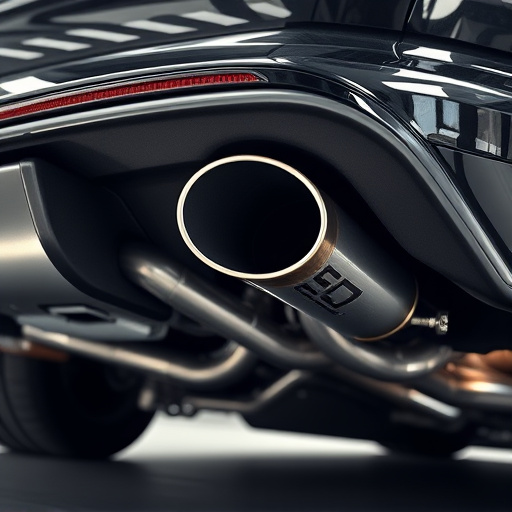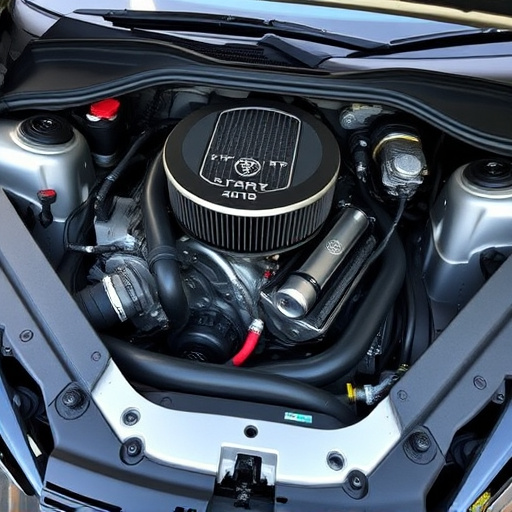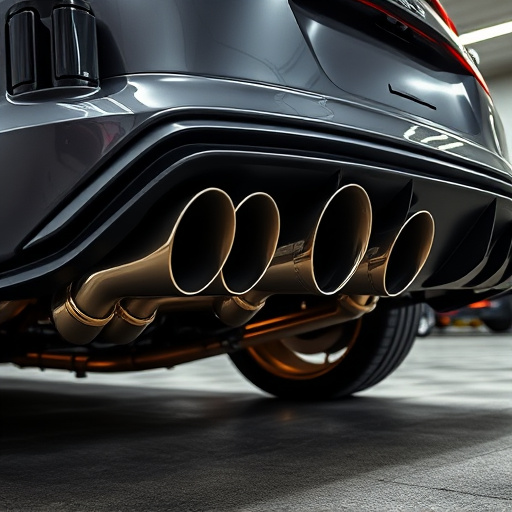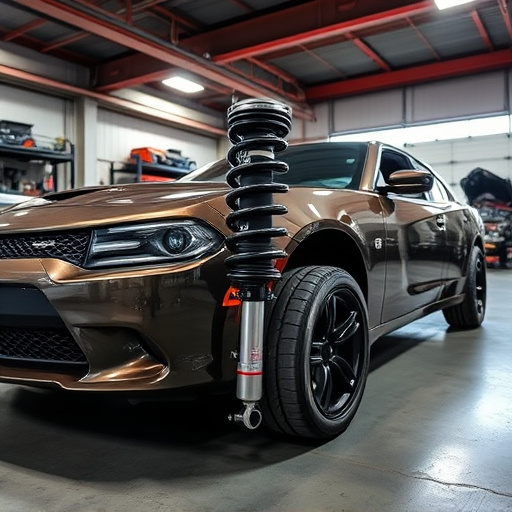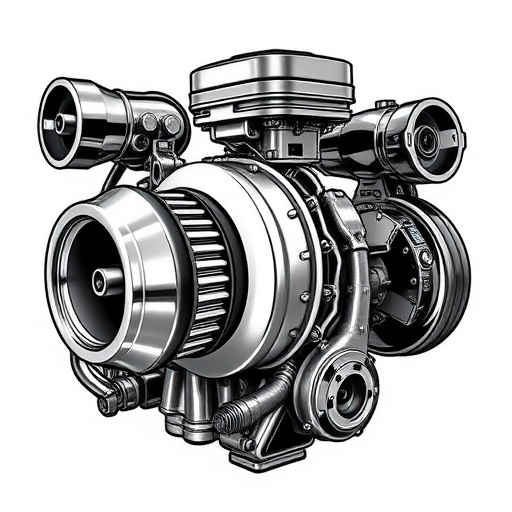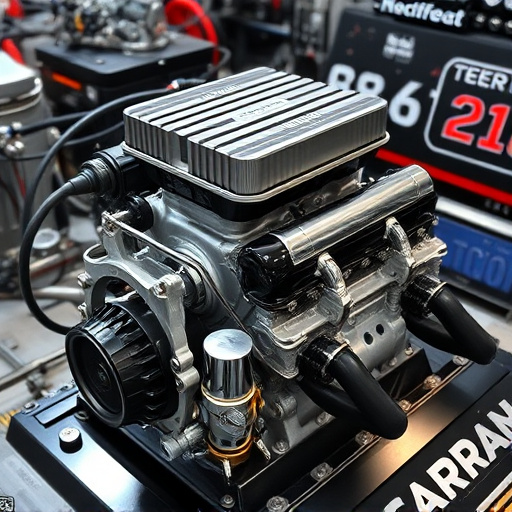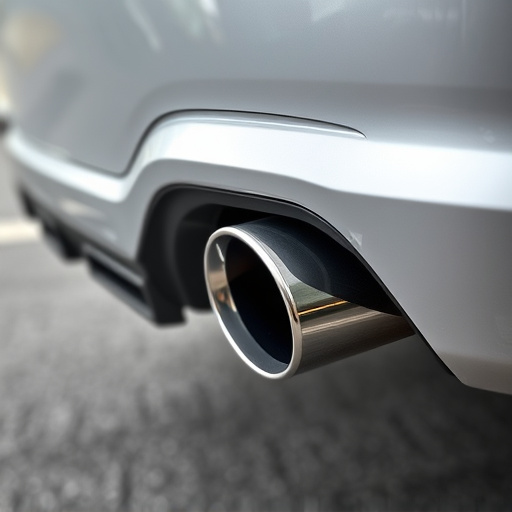Short Ram Air Intakes (SRAIs) offer enhanced vehicle performance by directly pulling air from the engine bay, reducing backpressure and improving airflow. Unlike traditional intakes, they eliminate mufflers/resonators for a smoother exhaust note. SRAMIs prioritize direct air path, enhancing turbulence and oxygen-fuel mixture for increased power, torque, and acceleration. Installation requires compatibility checks, proper sealing, and high-quality components to ensure reliability and prevent contamination. They outperform Cold Air Intakes (CAIs), which draw cool air from outside the engine compartment but may require more maintenance due to dust ingestion.
Unleash your vehicle’s performance potential with a deeper dive into the world of short ram air intakes (SRAI). This article breaks down the key differences between SRAI and traditional cold air intakes, focusing on their unique components, design philosophies, and performance implications. Whether you’re an enthusiast or a seasoned mechanic, understanding these distinctions is crucial for optimizing your engine’s breath and achieving peak efficiency.
- Understanding Short Ram Air Intakes
- Components and Design Differences
- Performance Impact and Considerations
Understanding Short Ram Air Intakes
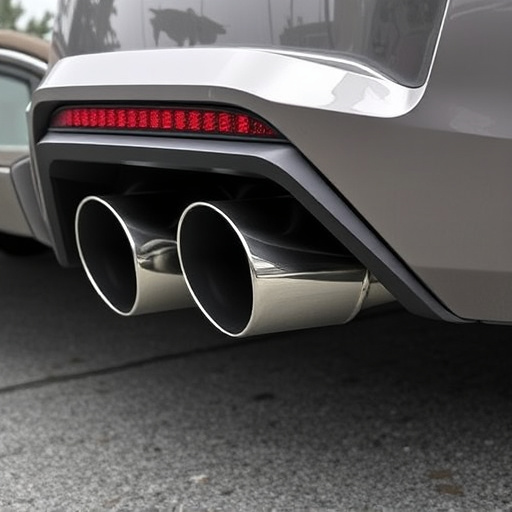
Short Ram Air Intakes (SRAI) are a popular choice among automotive enthusiasts looking to enhance their vehicle’s performance. Unlike traditional air intake systems that route air from outside the engine compartment, SRAMs collect air directly from within the engine bay. This design offers several advantages. By minimizing the distance air travels, SRAMs reduce backpressure in the intake system, allowing for improved airflow and more efficient combustion.
This direct-air approach also eliminates the need for a muffler or resonator, typically found in cold air intakes. The absence of these components can lead to a smoother, more aggressive exhaust note, appealing to those seeking an enhanced driving experience. Furthermore, SRAMs often integrate high-performance parts like advanced air filters and optimized piping, contributing to overall engine health and performance, especially when combined with other high-performance brake components.
Components and Design Differences
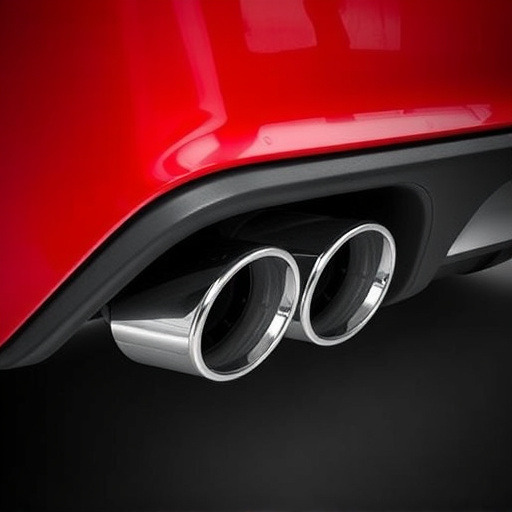
The primary distinction between a short ram air intake (SRAI) and a cold air intake lies in their design and where they draw air from. A SRAMI is typically integrated directly into the engine bay, often replacing the stock air filter housing. This design feature allows for a more direct path for air to enter the engine, minimizing restrictions and maximizing airflow. Conversely, a cold air intake (CAI) employs a longer, more intricate route, drawing air from a specific location outside the engine compartment, usually below or near the vehicle’s fender well. This external source of air is often cooled, providing denser, colder air to enhance combustion efficiency.
While both systems aim to improve engine performance, their approaches differ significantly. A SRAMI focuses on simplicity and directness, streamlining the air intake process for quicker response and increased power output. In contrast, a CAI prioritizes cold, dense air delivery through its intricate design, including various components such as heat shields, air filters, and pipelines – even incorporating suspension components like coilover kits in some advanced systems. Unlike simple SRAMIs, CAIs may also require more frequent maintenance, especially for the brake pads due to increased dust ingestion from the external air intake.
Performance Impact and Considerations
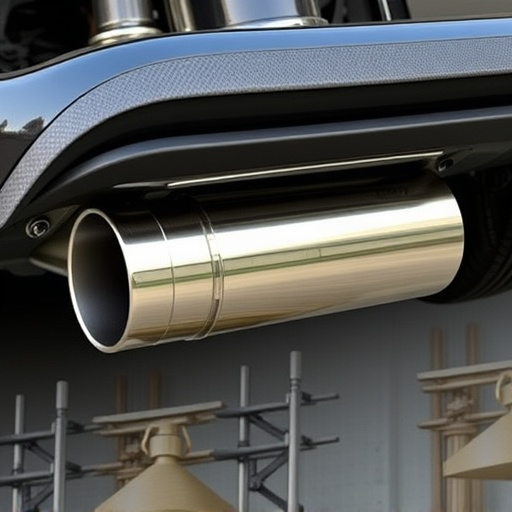
The performance impact of a short ram air intake (SRAI) is significant, offering several advantages over traditional cold air intakes. By routing intake air directly from the engine bay without passing through the vehicle’s trunk or hood, SRAIs ensure a more consistent and cooler flow of air. This direct path enhances turbulence, allowing for better oxygen-fuel mixture in the combustion chamber. As a result, engines equipped with SRAMs can produce more power and torque, leading to improved acceleration and overall engine performance.
When considering SRAI installation, several factors should be taken into account. These include ensuring compatibility with existing vehicle components, especially when upgrading or replacing exhaust tips or cat-back exhaust systems. Proper sealing is crucial to maintain optimal air pressure differentials, which can affect fuel efficiency and engine longevity. Additionally, high-quality intake components are essential for maintaining reliability and preventing contamination from dust or debris, thereby maximizing the performance gains offered by a short ram air intake.
Short ram air intakes (SRAI) offer a straightforward performance upgrade for vehicles, providing more cool, dense air to the engine. Compared to traditional cold air intakes (CAI), SRAs typically route intake air through the vehicle’s stock airbox and ram air directly from outside, resulting in quicker response times and increased power output during acceleration. However, when choosing between a SRA and CAI, consider factors like installation complexity, potential throttle response improvements, and whether the vehicle’s factory air filter is sufficient for maintaining optimal engine health over time.






